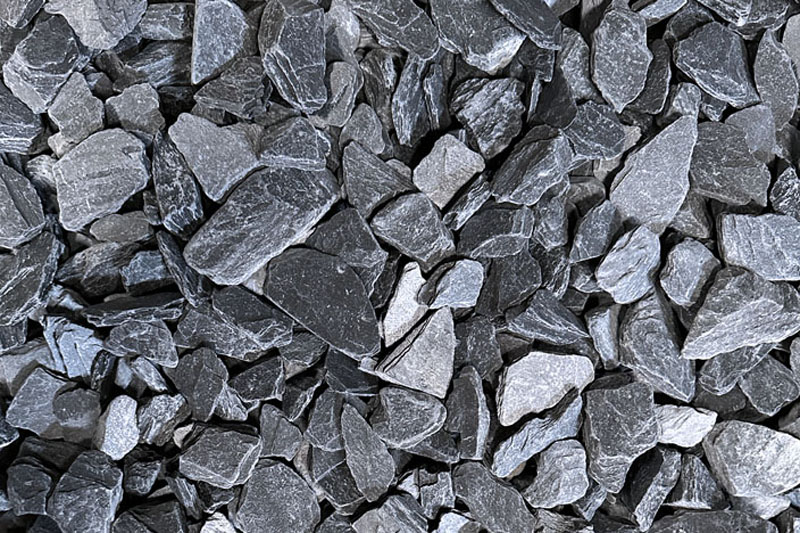Introduction
Landscaping is a great way to enhance the beauty and value of your property. Whether you are looking to create a beautiful garden, a lush lawn, or an outdoor living space, soil plays a vital role in your landscaping project. In this article, we will explore the different types of soils available and how to use them effectively in your landscaping project.
The Importance of Soil in Landscaping
Before starting any landscaping project, it's important to understand the role that soil plays. Soil provides plants with the nutrients, water, and air they need to grow and thrive. Without the right soil, your plants will not grow as well, which can impact the overall look and health of your landscaping project.
Understanding Soil Types
There are several different types of soils available, each with their own unique characteristics:
- Unscreened Fill Dirt: Often used for filling in large holes or depressions, made up of dirt and rocks.
- Screened Topsoil: Screened to remove large rocks or debris, clean and nutrient-rich, often used for planting lawns or gardens.
- 70/30 Blend: A mix of 70% organic compost and 30% Black Forest Humus, ideal for lawns, shrubs, and trees.
- 50/50 Blend: An equal mix of Black Forest Humus and organic compost, often used for flower beds or garden boxes.
- Superblend: A mix of 70% Black Forest Humus, 20% organic compost, and 10% organic chicken manure, ideal for plants that require a lot of nutrients.
Soil Testing
Before starting any landscaping project, it's important to test the soil to determine its pH level and nutrient content. A soil test will help you determine if any amendments are needed to improve the soil quality. You can purchase a soil test kit at your local garden center or hire a professional to conduct the test for you.
Soil Preparation
Once you have determined the type of soil you need and have tested it, it's time to prepare the soil for planting. The first step is to remove any weeds, rocks, or debris from the area. Next, you will need to till or loosen the soil to a depth of 6-8 inches. This will help to aerate the soil and make it easier for roots to grow.
If your soil is compacted or has poor drainage, you may need to amend it with sand or perlite to improve drainage. If your soil is acidic, you can add lime to raise the pH level. If it is alkaline, you can add sulfur to lower the pH level.
Using Different Types of Soils in Your Landscaping Project
- Unscreened Fill Dirt: Unscreened fill dirt is often used as a base layer for construction projects or to fill in holes or low spots in your yard. It is not recommended for planting as it lacks the necessary nutrients and may contain weeds or other unwanted materials.
- Screened Topsoil: Screened topsoil is ideal for leveling out a yard or creating a base layer for sod or grass seed. It can also be used for planting shrubs or trees, but it may need to be amended with compost or other organic materials to improve its nutrient content.
- 70/30 Blend: The 70/30 blend is ideal for lawns, shrubs, and trees. The organic compost adds nutrients to the soil, while the Black Forest Humus helps to retain moisture and improve soil structure. This blend is ideal for areas that need a nutrient boost or have poor soil quality.
- 50/50 Blend: The 50/50 blend is an equal mix of Black Forest Humus and organic compost. It is ideal for flower beds and garden boxes as it provides a nutrient-rich soil that is perfect for growing flowers, vegetables, and herbs.
- Superblend: The Superblend is a mix of 70% Black Forest Humus, 20% organic compost, and 10% organic chicken manure. It is a nutrient-rich soil that is ideal for planting trees, shrubs, and vegetable gardens.
Conclusion
Choosing the right type of soil for your landscaping project is crucial to the success of your plants. By understanding the different types of soils available and their specific uses, you can ensure that your plants have the best possible chance for growth and longevity. Be sure to prepare your soil properly and amend it as needed to improve its nutrient content and drainage.
FAQs
Why is it important to test your soil before planting? Soil tests can help determine if your soil needs any amendments to improve its quality and nutrient content. This can help ensure healthy plant growth.
Can unscreened fill dirt be used for planting? No, unscreened fill dirt is not recommended for planting as it lacks necessary nutrients and may contain weeds or other unwanted materials.
What is the best type of soil for flower beds? A 50/50 blend of Black Forest Humus and organic compost is ideal for flower beds as it provides a nutrient-rich soil that is perfect for growing flowers, vegetables, and herbs.
Can I amend my soil after planting? Yes, you can amend your soil after planting, but it is best to do so before planting to ensure the amendments are well mixed into the soil.
What is the Superblend and what is it best used for? The Superblend is a mix of 70% Black Forest Humus, 20% organic compost, and 10% organic chicken manure. It is best used for planting trees, shrubs, and vegetable gardens as it provides essential nutrients for healthy plant growth.




